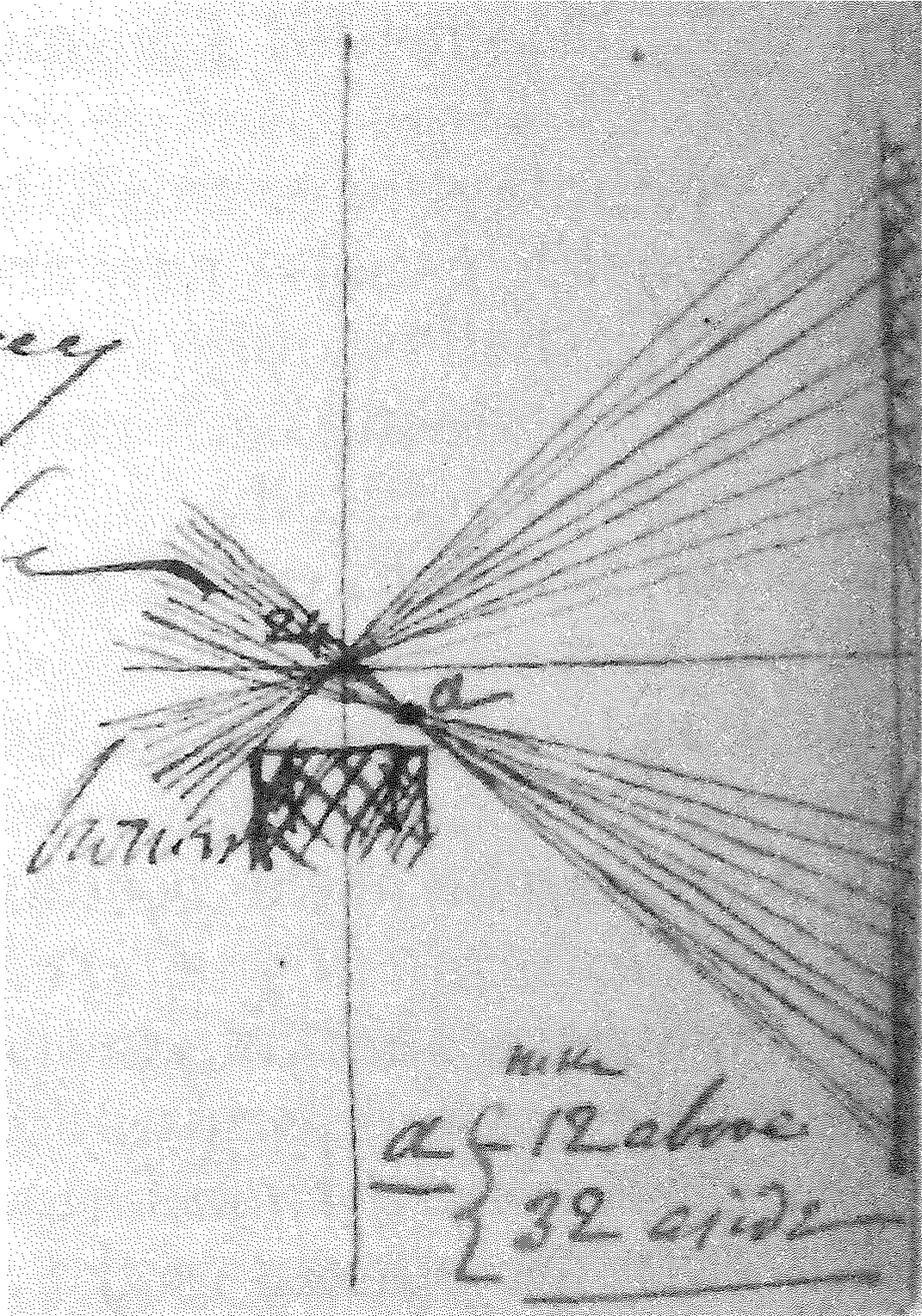James Timmins Chance to Faraday 21 November 1860
Hamstead Birmingham | 21 Nov: 1860
My dear Sir,
I have, in repeated experiments, tried what positions of the respective bands, composing a lenticular panel, will send the brightest light in a given direction, compatible with a divergence downwards.
I have not yet had a panel constructed to show the total effect, because it is important that you & I should first agree upon the approximate arrangement, inasmuch as the lenticular zones can be fixed only once for all, not being individually independent like the reflecting prisms.
I have already mentioned1 that I find 21 to 23mm a good position above the burner for the focus of the middle belt. As, however, 24mm suits all the zones above the middle one, I propose that a point in the axis 24mm above the burner shall be that through which shall pass the focal lines (i.e. thro’ the middle of each lens) of all the zones from the middle one upwards.
This agrees very well with your own diagram; confirmed however by experiments as to the actual brightest light, the respective foci being observed subsequently.
In regard to the lower zones, below the middle one, I recommend the common focal point to be 12mm above the burner and 32mm in front of the axis; giving the foci in the axis as follows:

I shall be glad to know whether you so far approve of the foregoing arrangements, as to agree to the experimental lens being at once constructed accordingly. This can be done in 2 or 3 days after receiving your reply.
Most truly yours | James T. Chance
Professor Faraday | &c &c

Please cite as “Faraday3903,” in Ɛpsilon: The Michael Faraday Collection accessed on 5 May 2024, https://epsilon.ac.uk/view/faraday/letters/Faraday3903